The automotive industry has long been engaged in a delicate balancing act between form and function, with few design elements embodying this tension as vividly as the fastback roofline. The sleek, sloping rear profile – often dubbed the "coupe-like SUV" silhouette in recent years – promises improved aerodynamics and visual drama, but comes at the cost of precious rear headroom and cargo versatility. This architectural tightrope walk between cutting through air and accommodating passengers represents one of the most fascinating engineering dilemmas in contemporary vehicle development.
At highway speeds, aerodynamic drag becomes the dominant force working against forward motion. Every 0.01 reduction in drag coefficient (Cd) can translate to approximately 1% improvement in fuel efficiency for combustion vehicles, or extended range for their electric counterparts. The fastback design, where the roofline flows seamlessly into the rear deck without a distinct trunk break, typically achieves Cd values between 0.24-0.28 – markedly lower than the 0.30-0.34 range of traditional three-box sedans. This explains why models like the Tesla Model S and Porsche Taycan embrace the teardrop shape so enthusiastically.
However, the very curvature that slices through air molecules with minimal disturbance creates a claustrophobic dome for rear passengers. Automakers employ numerous tricks to mitigate this spatial penalty: scalloping headliners, lowering hip points, even canting rear seats slightly backward. The BMW X6 demonstrates this perfectly – its dramatically raked rear glass necessitates stadium-style seating where second-row passengers sit noticeably lower than those in front. While effective for preserving head clearance, this arrangement can create a submerged, cave-like sensation that some find disorienting.
The packaging challenges extend beyond occupant comfort. Traditional SUV buyers expect generous cargo capacity measured in cubic feet, but the fastback's narrowing rear aperture often forces a compromise. Luggage that would slide effortlessly into a conventional SUV's squared-off rear end requires careful Tetris-like arrangement in a sloped-roof variant. Some manufacturers counter this by offering liftback-style openings (Audi Q8) or adjustable load floors (Mercedes GLE Coupe), but these solutions add complexity and cost while never quite matching the utility of boxier alternatives.
Material science has become an unexpected ally in this design conflict. The increasing use of ultra-high-strength steels and aluminum alloys allows for thinner roof pillars without sacrificing structural integrity. This permits larger glass areas to maintain airy cabin perceptions despite lower roof heights. The Polestar 2 exemplifies this approach with its "floating" roof design that creates visual lightness while maintaining competitive crash ratings. Similarly, panoramic glass roofs (now appearing in 38% of new vehicles according to AutoPacific data) help alleviate the closed-in feeling by flooding cabins with natural light.
Wind tunnel testing reveals another layer of nuance in this aerodynamic equation. The clean airflow separation achieved by fastback designs often comes at the price of increased rear lift forces – a phenomenon where the downward pressure on the rear axle decreases at speed, potentially affecting stability. Automakers combat this with subtle spoilers, diffusers, and underbody panels that manage airflow without ruining the sleek profile. The Ford Mustang Mach-E's rear roof spoiler, for instance, looks like a styling flourish but actually generates 88 pounds of downforce at 70 mph according to Ford's aero team.
Consumer expectations further complicate this engineering puzzle. Chinese market research by J.D. Power shows that 72% of luxury SUV buyers under 40 prioritize "emotional design" over pure practicality – a statistic that explains the proliferation of coupe-SUVs from traditionally conservative German marques. Yet in North America, where rear seat usage frequency is 37% higher according to EPA studies, manufacturers like Cadillac have had to create clever roof kinks (as seen on the XT5) that preserve fastback aesthetics while carving out extra headroom precisely above the outboard seating positions.
The electric revolution adds fresh variables to this calculus. With battery packs creating flat underbodies that naturally improve airflow, some designers argue the aerodynamic benefits of fastback roofs become less critical. However, range anxiety keeps EV makers chasing every possible efficiency gain. The Hyundai Ioniq 6's world-record 0.21 Cd demonstrates how extreme fastback proportions can be when unconstrained by internal combustion packaging needs – though its rear seat accommodation has drawn criticism from automotive journalists.
Looking ahead, active aerodynamics may offer the ultimate compromise. Concepts like BMW's Vision Neue Klasse preview roof panels that can actually extend rearward at speed to optimize airflow, then retract for urban driving where space matters more than drag coefficients. Meanwhile, parametric design tools allow engineers to create complex roof shapes that appear smooth to the eye but actually feature microscopic channels to guide air molecules – think of them as aerodynamic dimples similar to a golf ball's surface.
This ongoing battle between the laws of physics and human comfort shows no signs of resolution. As automotive design chief at a major European OEM recently confessed during a background conversation: "We spend 30% of our development budget trying to cheat nature – making tall vehicles look sporty, spacious cabins feel intimate, and now making shrinking rear quarters appear generous through digital trickery." The fastback dilemma perfectly encapsulates this perpetual dance between what's physically possible and what's emotionally desirable in car design.
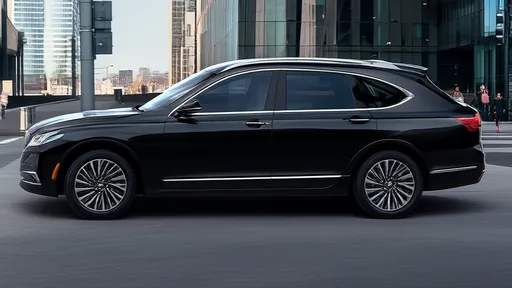
By /Jun 14, 2025
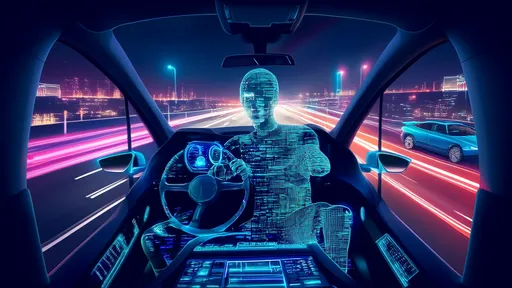
By /Jun 14, 2025
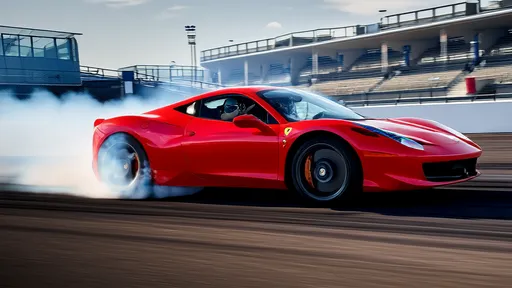
By /Jun 14, 2025

By /Jun 14, 2025
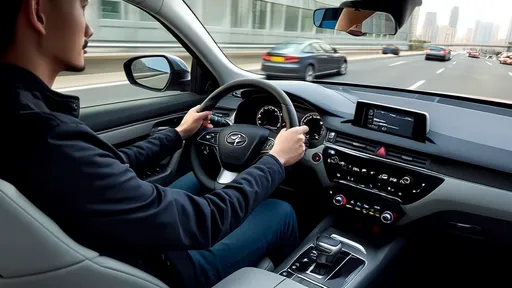
By /Jun 14, 2025

By /Jun 14, 2025
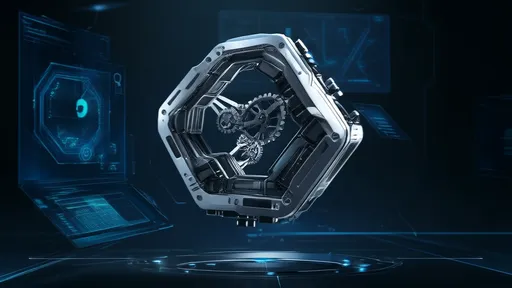
By /Jun 14, 2025
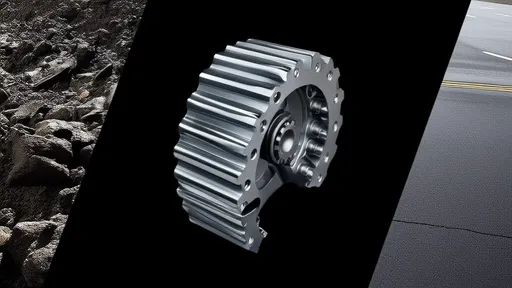
By /Jun 14, 2025
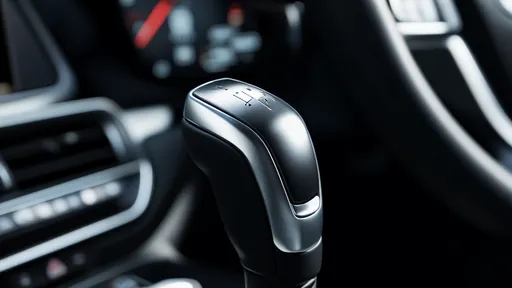
By /Jun 14, 2025
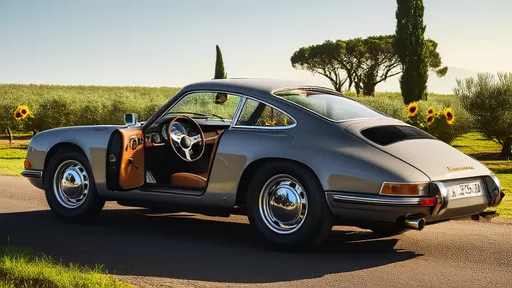
By /Jun 14, 2025
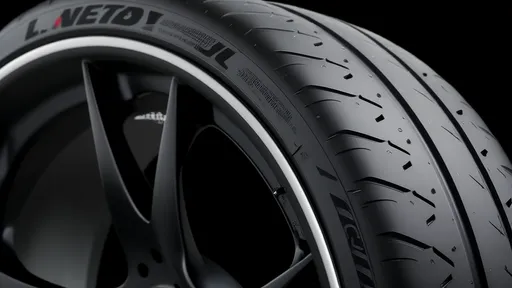
By /Jun 14, 2025
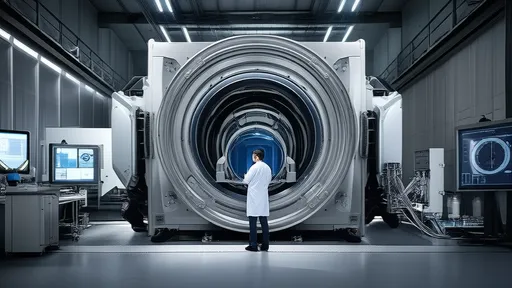
By /Jun 14, 2025
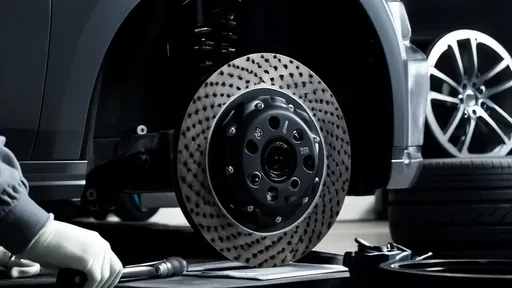
By /Jun 14, 2025
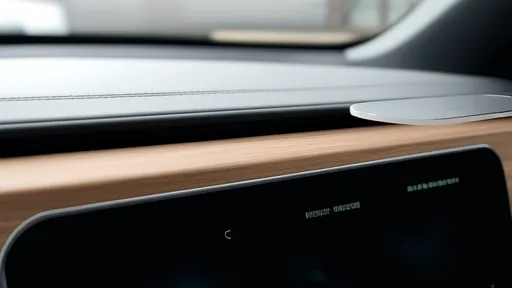
By /Jun 14, 2025
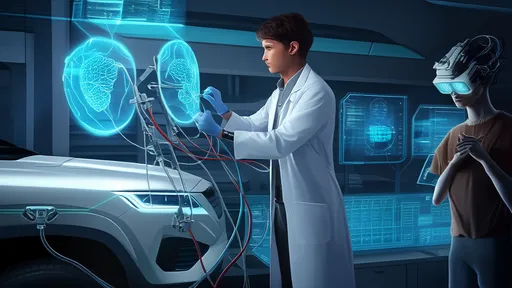
By /Jun 14, 2025
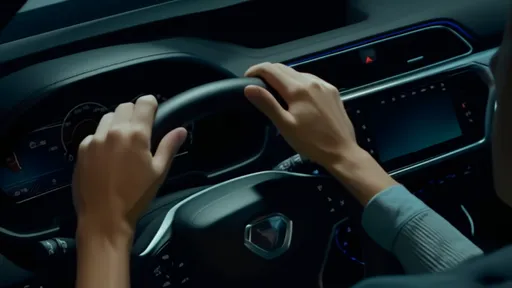
By /Jun 14, 2025
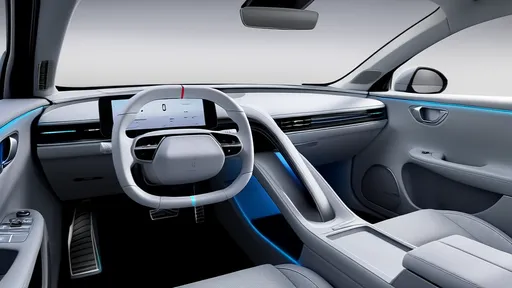
By /Jun 14, 2025
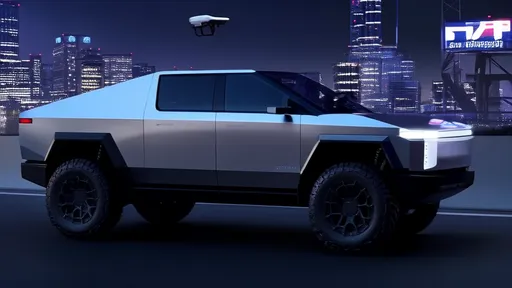
By /Jun 14, 2025